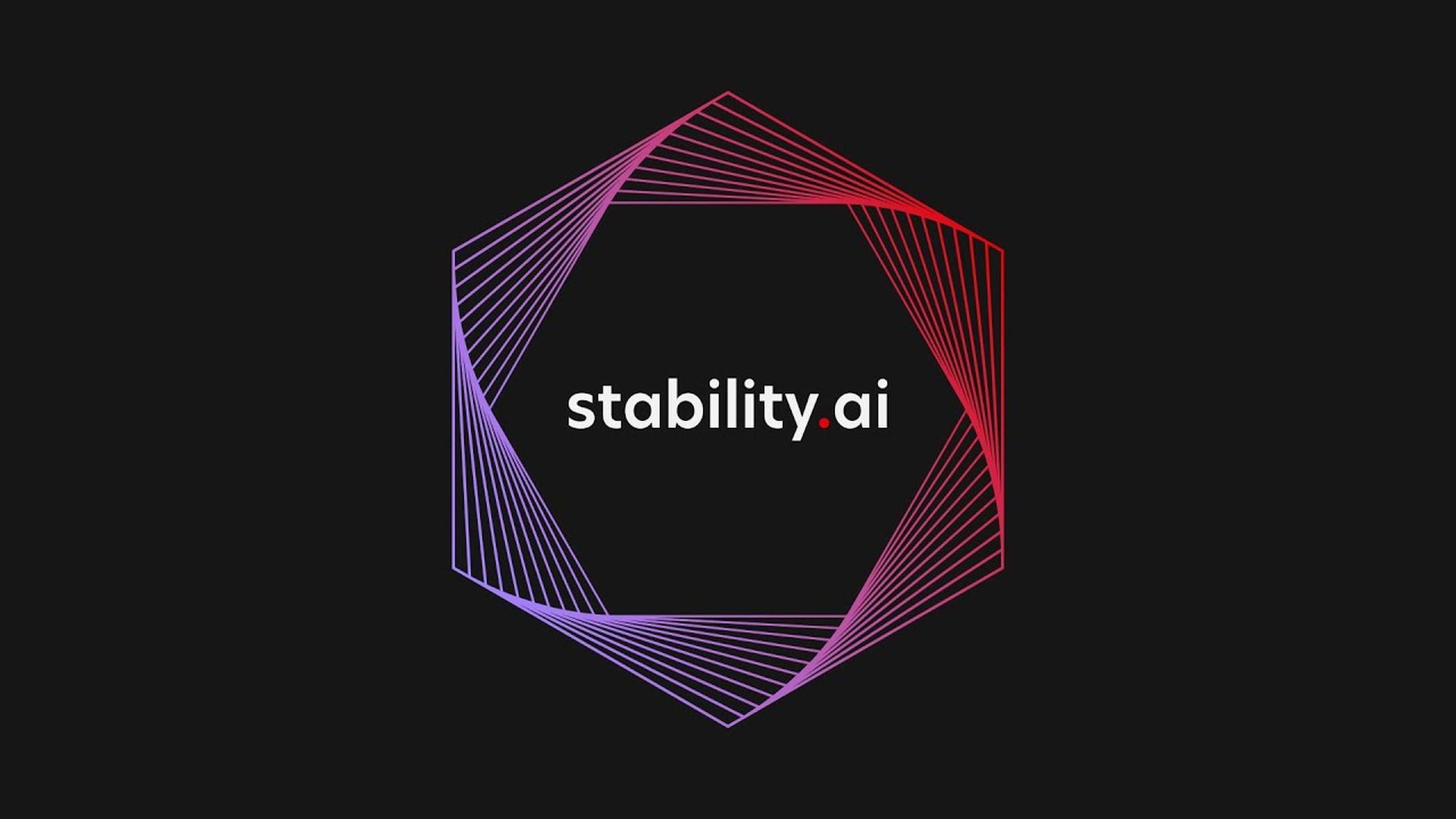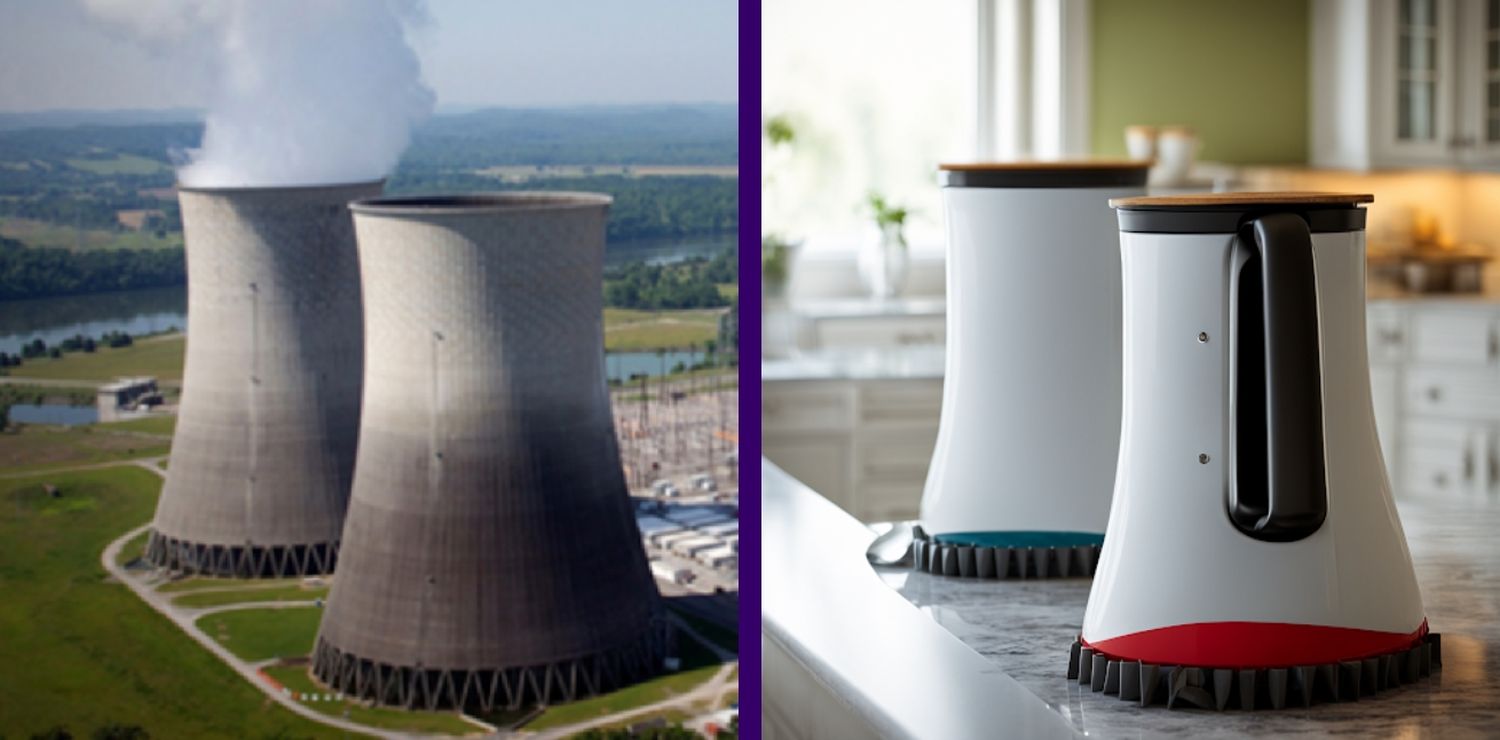The most powerful version of Stability AI’s main text-to-image algorithm, SDXL 1.0, was presented. It consumes fewer processing resources, produces images with a higher resolution than the 0.9 version, and asks fewer text queries. It is more useful and efficient than ever with Stable Diffusion XL 1.0!
Artificial intelligence tools, like ChatGPT, don’t merely produce text. They may now produce a variety of media, including music, movies, and images. Anyone may make practically any image with the AI program Stable Diffusion. The utilization of SD and comparable tools, which are already widely utilized, will be considerably improved by upgrades.
“With SDXL 1.0, fine-tuning the model to custom data is easier than ever. Custom LoRAs or checkpoints can be generated with less need for data wrangling. The Stability AI team is building the next generation of task-specific structure, style, and composition controls, with T2I / ControlNet specialized for SDXL. These features are currently in beta preview but stay tuned for updates on fine-tuning,” Stability AI announced.

SDXL 1.0 features
Customers can now specialize in generating specific people or things by just as few as five images, thanks to a brand-new fine-tuning beta capability. This utility uses a small number of photos to polish SDXL 1.0.
One of the most effective open-access image models currently on the market, SDXL 1.0 has a 6.6 billion parameter model ensemble pipeline and a 3.5 billion parameter base model. You may try out the model for free using Clipdrop from Stability.ai.
Enhance your images with Stability AI’s new SDXL 0.9
The complete model for latent diffusion is a pipeline of different experts: In the first phase, the base model generates (noisy) patients, which are then processed further by a refinement model made especially for the final denoising steps. Do not forget that the base model can be used independently as a module.

This two-stage architecture enables the resiliency of picture generation without losing speed or requiring excessive CPU resources. SDXL 1.0 should work effectively on consumer GPUs with 8GB VRAM or widely accessible cloud instances.
“SDXL generates images of high quality in virtually any art style and is the best open model for photorealism. Distinct images can be prompted without having any particular ‘feel’ imparted by the model, ensuring absolute freedom of style. SDXL 1.0 is particularly well-tuned for vibrant and accurate colors, with better contrast, lighting, and shadows than its predecessor, all in native 1024×1024 resolution,” Stability AI said in the blog post.
Stability AI launches Stable Doodle that enables sketch-to-image generation
How to use SDXL 1.0 on different platforms
The model is accessible through the Stability AI API, GitHub page, and its Clipdrop and DreamStudio consumer applications. It can also be found on Amazon SageMaker JumpStart, an ML hub where users can obtain ML solutions, models, and algorithms.
The SDXL 1.0 release came after the research-only SDXL 0.9 release in July. The company has allegedly altered the model to produce colors that are more true to color and dazzling, as well as enhanced contrast, lighting, and shadows. The imaging process has also been improved to generate full 1-megapixel resolution images (1024 x 1024) in a variety of aspect ratios more quickly.
Some of the links you’ll need to use Stable Diffusion XL 1.0 are listed below. To get started with SDXL 1.0, check out these different platforms:
Due to its open-source nature, SDXL has even more capabilities and potential than Midjourney, although using it effectively requires a little more effort. Perhaps the only commercially available image model that matches Midjourney’s degree of quality in terms of quality is SDXL.
Featured image credit: Stability AI





